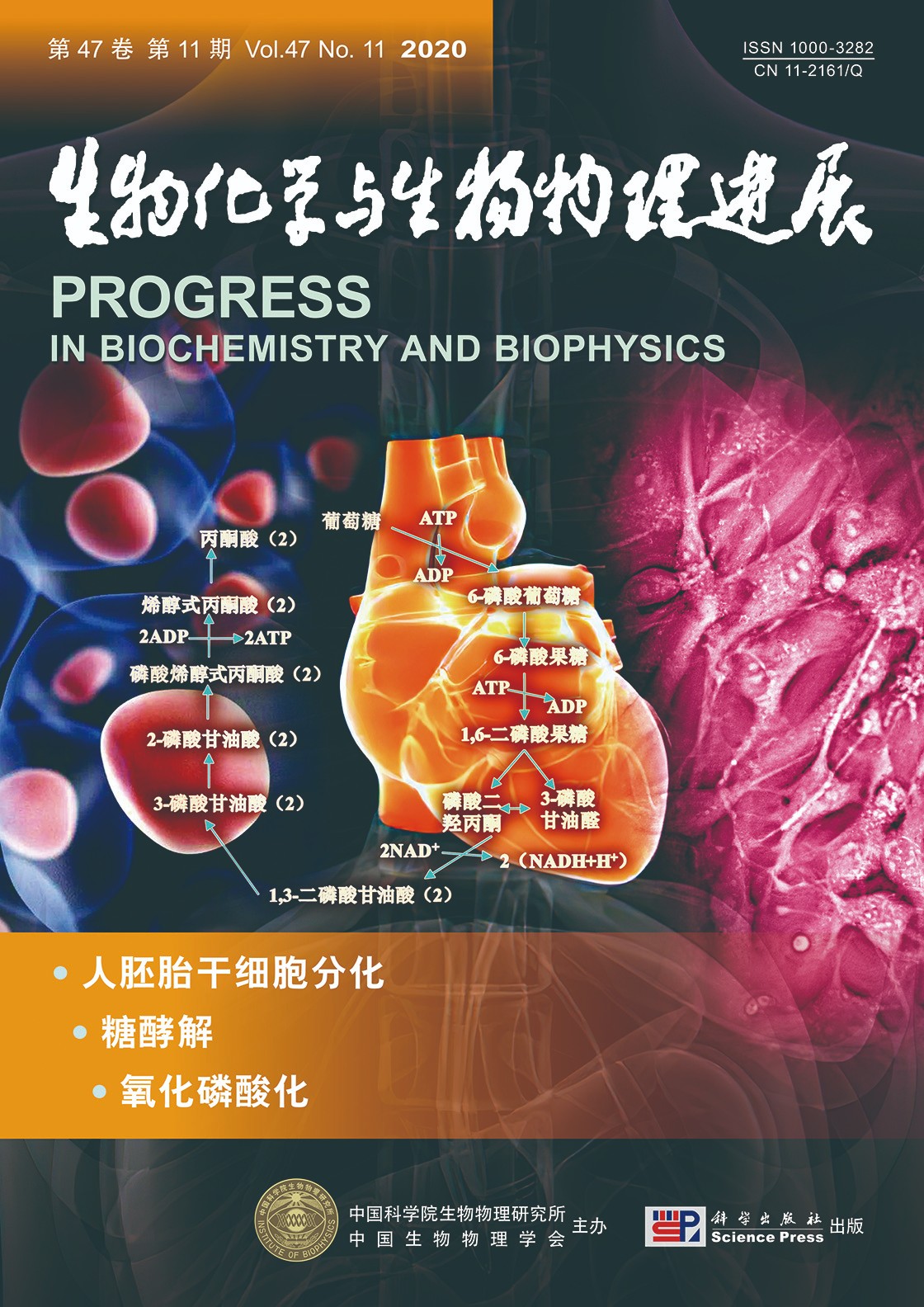Vol.47,No.11,2020
| |

|
Cover Story:We performed directional differentiation of human embryonic stem cells into cardiomyocytes. In order
to explore the mechanisms of cell metabolic phenotype conversion during cardiac lineage differentiation, we
conducted real-time quantitative detection of glycolytic and mitochondrial oxidative phosphorylation capabilities
of embryonic stem cells, cardiac progenitor cells, and cardiomyocytes during differentiation. GSK3 inhibitor
CHIR99021 and Wnt signaling pathway inhibitor IWP2 were used to differentiate human embryonic stem cells
into cardiac progenitor cells and cardiomyocytes. Immunocytochemistry was used to detect the expression of
human embryonic stem cell markers. Flow cytometry was used to detect the markers of human cardiomyocytes
and cardiac progenitor cells. Extracellular flux analysis was used to test the energy metabolic phenotype of human
embryonic stem cells, cardiac progenitor cells, and cardiomyocytes. The stemness of human embryonic stem cells
remains stable and all express Nanog, OCT4 and SOX2 cell markers. During the differentiation, more than 99%
cells expressed cardiac progenitor cell marker Isl1 on the 7th day, and more than 83% of cells expressed the
cardiomyocytes marker cTnT on the 14th day. Human embryonic stem cells have the strongest glycolytic
metabolism capacity, while cardiomyocytes have the strongest mitochondrial oxidative phosphorylation
capability. Cardiac progenitor cells are in the transition stage of the two ways of metabolism. During the
differentiation of human embryonic stem cells into cardiomyocytes, cells gradually loss the glycolytic capacity,
while the mitochondrial oxidative phosphorylation capacity gradually increases, followed by the cell metabolic
phenotype conversion. This research aims to optimize the method of directional differentiation of human
embryonic stem cells into cardiomyocytes, reveal the transformation of differentiation-dependent cell energy
metabolism, and provide a basis for theoretical research and clinical treatment of cardiovascular diseases.
|
Interpretation of the Nobel Prize 2020
Reviews and Monographs
Short Communications
Research Papers
|
